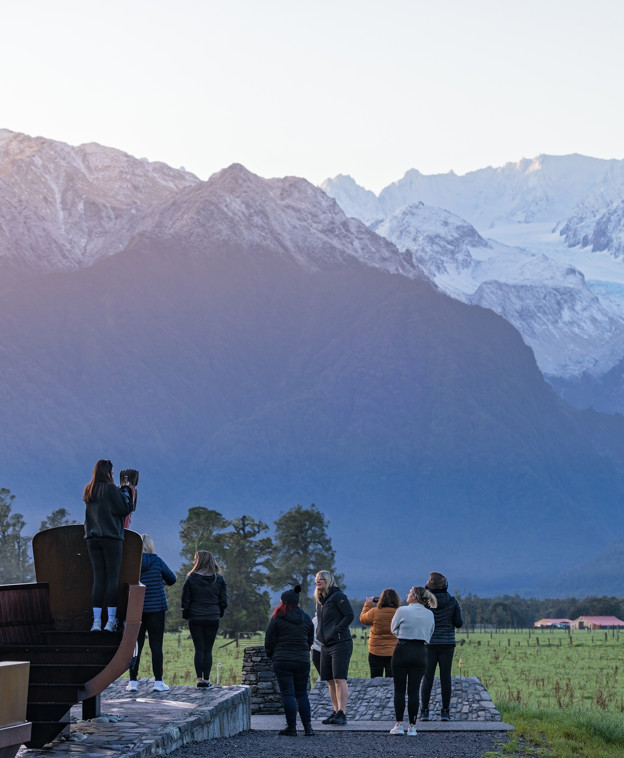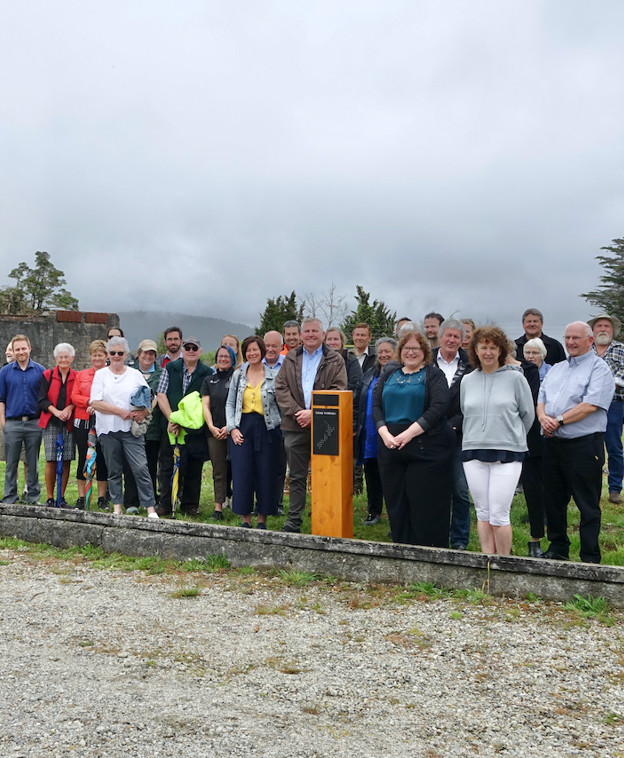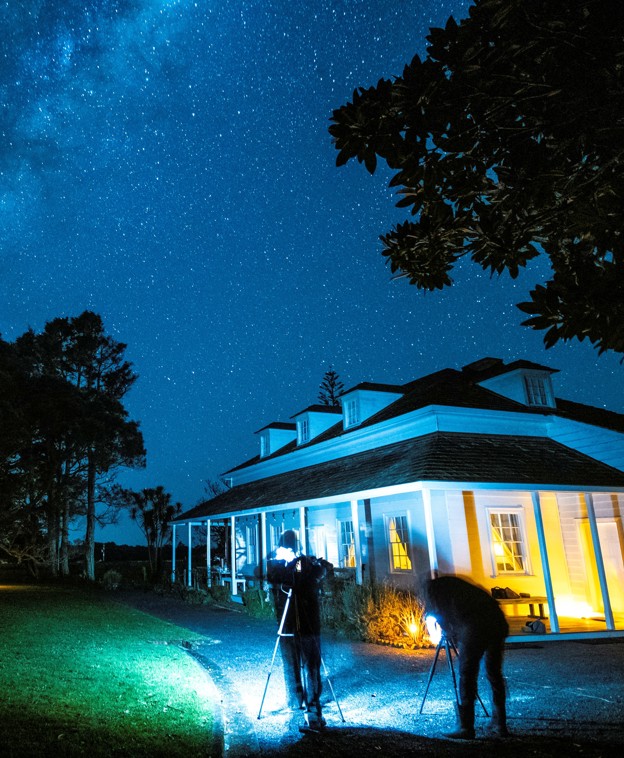Ōkārito population quintuples for Tohu Whenua launch
Today, over 150 people gathered to celebrate Ōkārito (local population = 30) becoming a Tohu Whenua site - acknowledging it as one of Aotearoa New Zealand’s must-dos.
Lying in a narrow slice of land between Kā Tiritiri o te Moana/the Southern Alps and the surging Te Tai Poutini, Ōkārito was once the third largest West Coast port and has a history of human activity that dates back to the earliest arrivals of Polynesian peoples. Surrounded by ocean, estuary, coastal cliffs and lush rainforest, Ōkārito is steeped in legends woven by those who have long been lured to its wild, natural riches and resources - including over 1,500 gold miners in the 1860s.
Ōkārito is the 7th Tohu Whenua site in Te Tai Poutini West Coast, joining Denniston Mine, Historic Reefton, Waiuta, Brunner Mine, Hokitika Port, Commercial and Government Centre and Te Kopikopiko o te Waka.
"Ōkārito has layers of fascinating history and we are thrilled to welcome it into our growing network," says Andrew Coleman, Manahautū/Chief Executive of Heritage New Zealand Pouhere Taonga and Chair of the Tohu Whenua Governance Group.
There are a number of ways to experience Ōkārito including staying overnight in the Ōkārito Schoolhouse (built in 1901), popping into Donovan’s Store, soaking up the information panels at the Ōkārito Wharf and boatshed or exploring the Ōkārito Lagoon via walk, boat or kayak - giving you a breathtakingly close experience with over 70 species of birds, including the rare kōtuku/white heron, along with panoramic views of the Southern Alps.
The diverse wildlife made the lagoon a popular nohoanga (camping site) for mahinga kai (food gathering) and the custom of kaihaukai (exchange of food/resources).
Te Runanga o Makaawhio chairman Paul Madgwick shares that Ōkārito holds a special place in the history of Ngai Tahu, "and also our earlier whakapapa of Ngati Wairangi, Patea and Waitaha, and so Ngati Mahaki are thrilled to be part of this. Several pā and kāinga here testify to centuries of occupation - and war - plus Ōkārito was renowned far and wide for its whare wananga for learning the traditions and lore of Te Tai Poutini.” 
Ōkārito also boasts a number of beautiful walks featuring rimu, rata and silver pine forests and the popular 4.3km Ōkārito Trig walk, cared for by the Department of Conservation Te Papa Atawhai.
“The rich human history combined with the stunning natural environment at Ōkārito make it one of the feature spots of Te Wāhipounamu,” Wayne Costello, Operations Manager, South Westland District, Department of Conservation Te Papa Atawhai.
To learn more about visiting Ōkārito and other Tohu Whenua sites in Te Tai Poutini West, click here.




